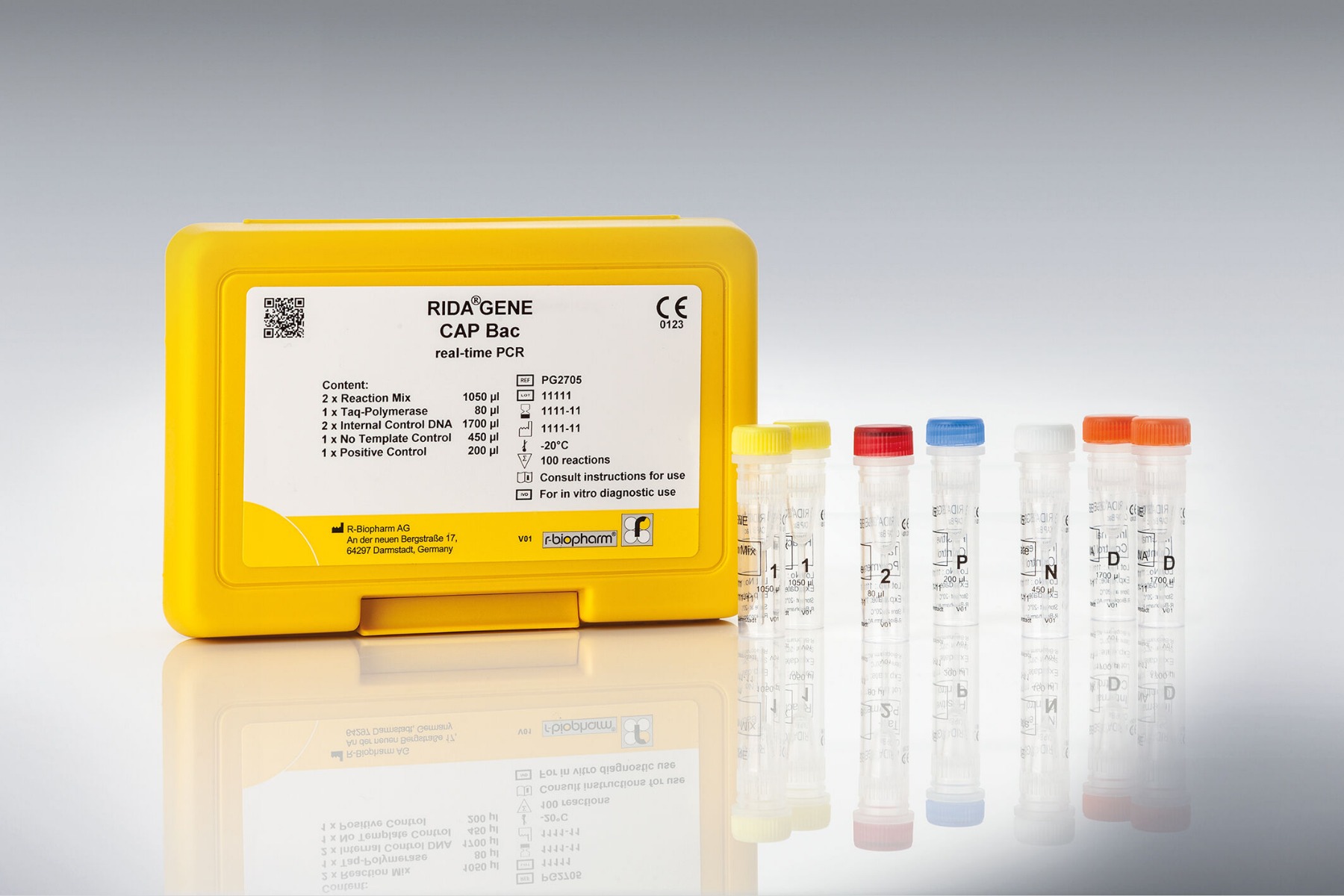Diagnostic methods in microbiology
They are small and often only detectable with a microscope or a specific analytic procedure. Nevertheless, they are key in the development of infectious diseases. We are talking about bacteria, fungi, viruses, and parasites. Their detection is not only crucial for diagnosis, but also for therapy.
 In June 2022, scientists published the discovery of a new bacteria in the mangroves of the French Caribbean island of Guadeloupe. The giant bacterium, looking like an eye lash, is up to 2 cm big and bigger than all known bacteria today. The discovery and above all classification of the mega-bacterium was possible with the 3D microscope. The discovery also shows that technical developments of microbiological “detectives”, which can detect bacteria, fungi, viruses, and parasites, are a crucial part for the clinical and translateral research. It does not matter if high-resolution microscopes or chemical procedure – only the validity of their results is important.
In June 2022, scientists published the discovery of a new bacteria in the mangroves of the French Caribbean island of Guadeloupe. The giant bacterium, looking like an eye lash, is up to 2 cm big and bigger than all known bacteria today. The discovery and above all classification of the mega-bacterium was possible with the 3D microscope. The discovery also shows that technical developments of microbiological “detectives”, which can detect bacteria, fungi, viruses, and parasites, are a crucial part for the clinical and translateral research. It does not matter if high-resolution microscopes or chemical procedure – only the validity of their results is important.
Microbiological Examinations
For the microbiological examination commonly a sample, for instance blood cultures, urine, stool, skin cells, tissue sections, hair, mucous membranes, wound secretes or similar, is prepared. The methods distinguish between nucleic acid detection, such as PCR or RT-PCR and LAMP technology, which detect the DNA of viruses, and immunofluorescence tests, which detect antibodies or ELISAs, which detect molecules in body fluids.
Polymerase Chain Reaction
Here, the DNA is multiplied using the polymerase chain reaction (PCR) and investigated on certain pattern molecular genetically. With the polymerase chain reaction, a certain gene is copied, and the detection of certain DNA fragments facilitated. For this, ether a double stranded DNA or a complementary DNA from the RNA (through reverse transcriptase) can be used. Typical usage of these tests is for instance the detection of virus infections, such as corona, flu, streptococci among others, but also multiplex panels where multiple pathogens can be detected at once. If the analysis is done after amplification cycles, we are talking about RT-PCR. This way, a prediction of the virus’ kinetic can be made. At Szabo-Scandic following PCR Tests are in the assortment:
Immunfluorescence tests
Key for this test is the light transmission from proteins, proteoglycans and other molecules, which are visualized via fluorescence. One differentiates between direct and indirect immunofluorescence. At the latter the antibodies are first bound to the antigen and then marked as well as identified. Immunofluorescence tests are used to for verification of tumors, but also for autoimmune diseases or for searching of antinuclear antibodies. Here you can find following products:
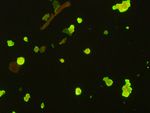
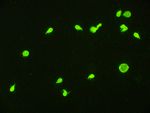
ELISA Method
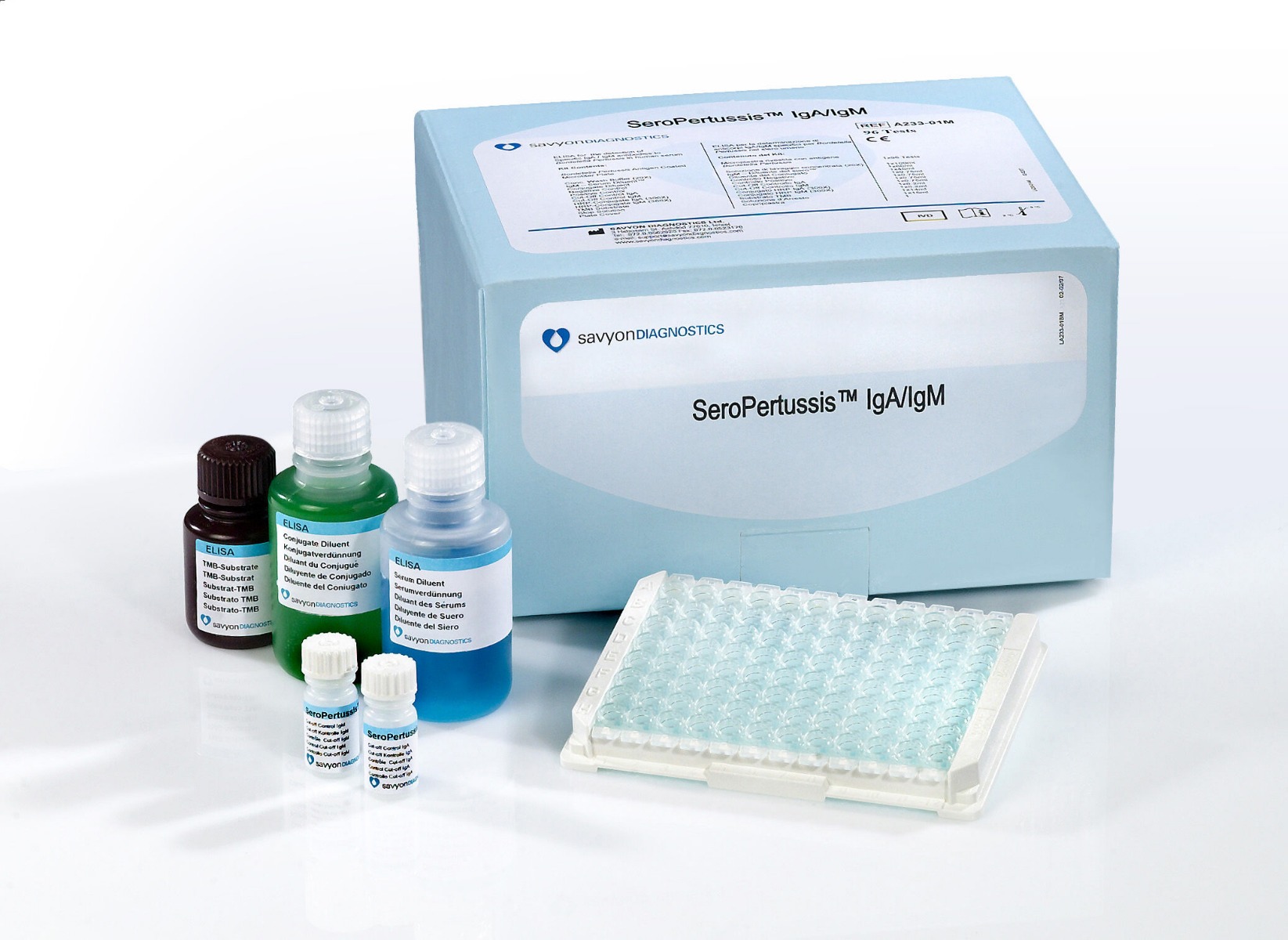 ELISA stands for Enzyme Linked Immunosorbent Assay and is suitable for detection of most high molecular and antigen structures in body fluids. Typical indications are tests for detection of viruses, bacteria, parasites, marker for tumors or other autoimmune diseases. For ELISA a test tube or a microwell test plate is needed, coated with a specific antibody. When the sample is added, the antigen in the sample binds to the antibody. After that, a further antibody is added, which is specific for the antigen and coupled with an enzyme. The enzyme activates the dye and visualises its activity. Careful: to avoid a false positive reaction, not attached antigens must be removed between the first and second step. More about the products can be found here.
ELISA stands for Enzyme Linked Immunosorbent Assay and is suitable for detection of most high molecular and antigen structures in body fluids. Typical indications are tests for detection of viruses, bacteria, parasites, marker for tumors or other autoimmune diseases. For ELISA a test tube or a microwell test plate is needed, coated with a specific antibody. When the sample is added, the antigen in the sample binds to the antibody. After that, a further antibody is added, which is specific for the antigen and coupled with an enzyme. The enzyme activates the dye and visualises its activity. Careful: to avoid a false positive reaction, not attached antigens must be removed between the first and second step. More about the products can be found here.
LAMP Technology
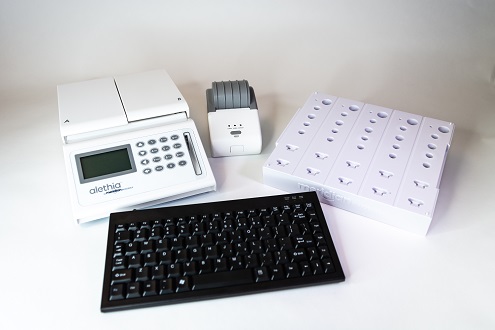 The LAMP technology is licensed for the diagnosis of infectious diseases. Here, complementary primers are used to form a so called “stem loop” structure. The hereby produced residue magnesium pyrophosphate is equivalent to the DNA content of the sample. The huge advantage of the LAMP technology is that isothermal reaction takes place at a constant low temperature of 63 °C and therefore there is no need for complex thermocyclers (needed for PCR). At Szabo-Scandic available LAMP Tests from Alethia are suitable for detection of gut and stool bacteria, but also malaria parasites – so called plasmodia.
The LAMP technology is licensed for the diagnosis of infectious diseases. Here, complementary primers are used to form a so called “stem loop” structure. The hereby produced residue magnesium pyrophosphate is equivalent to the DNA content of the sample. The huge advantage of the LAMP technology is that isothermal reaction takes place at a constant low temperature of 63 °C and therefore there is no need for complex thermocyclers (needed for PCR). At Szabo-Scandic available LAMP Tests from Alethia are suitable for detection of gut and stool bacteria, but also malaria parasites – so called plasmodia.
Valid microbiological diagnosis kits at Szabo-Scandic
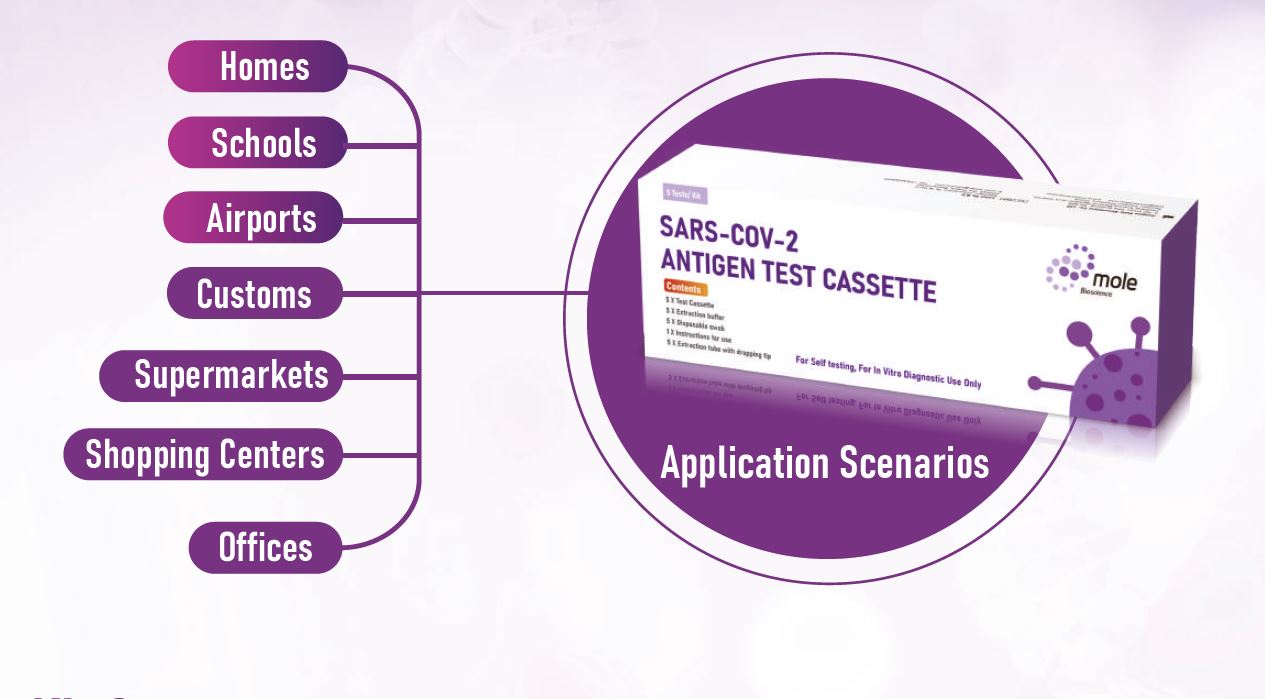
The gold standard Premier Platinum HpSA® PLUS ELISA for the detection of Helicobacter pylori (and its eradications) from stool samples convinces with a sensitivity of 96.1% and a specificity of 95.7%.
Likewise, the ImmunoCard® STAT! C. difficile GDH-AB rapid test with a clinical sensitivity of 94.6% and a clinical specificity of 100 % promises a reliable diagnosis of Clostridium difficile and its toxins A and B.

 Deutsch
Deutsch
